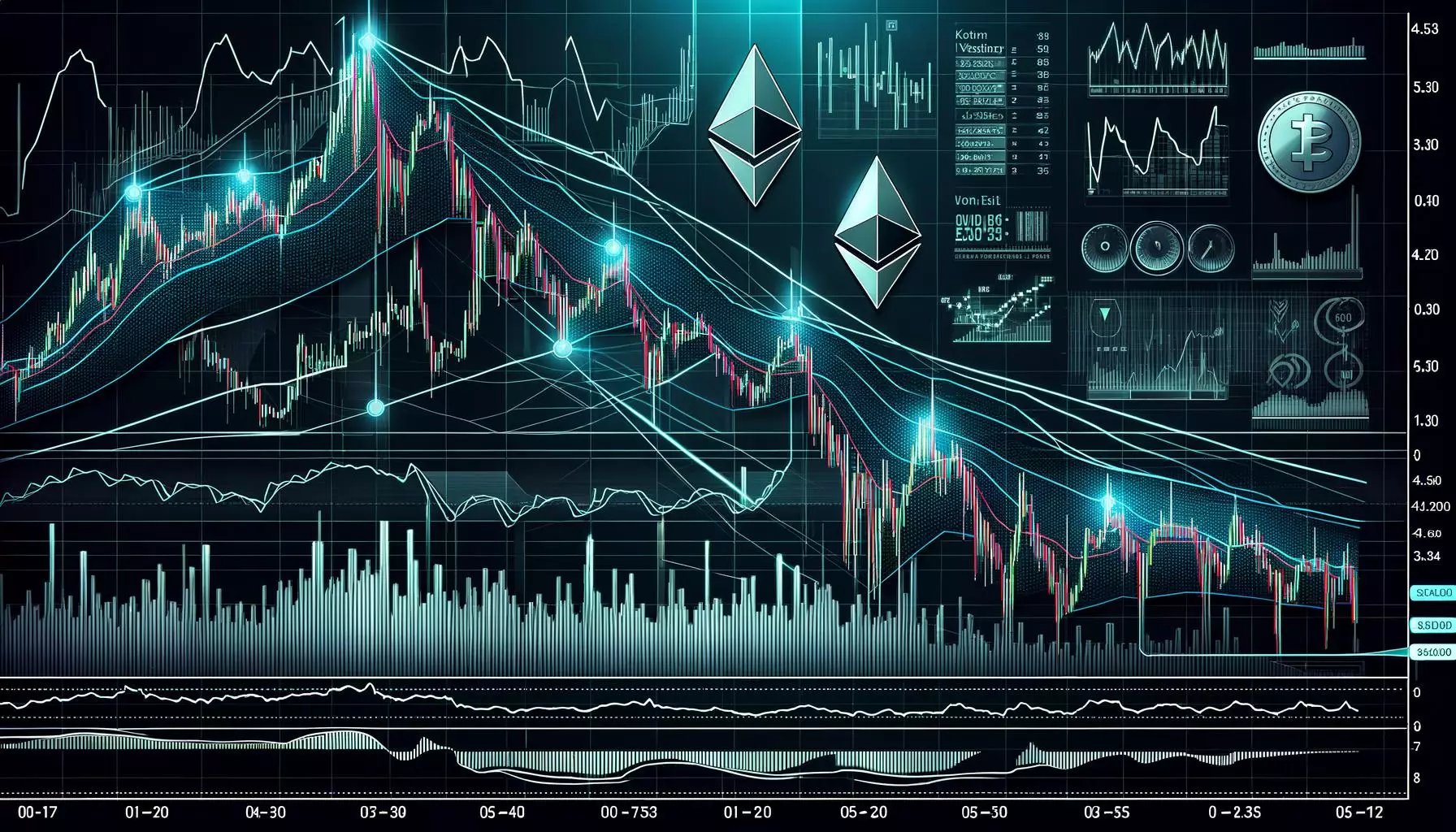Ethereum’s recent uptick in daily transactions has been widely celebrated as a sign of rejuvenation for the blockchain. Data show a near 50% surge in daily transactions, reaching highs not seen in over 16 months, coinciding with Ethereum’s price rising above $2,400. On the surface, this looks like a robust comeback, suggesting renewed investor interest and healthy network activity. However, a closer inspection reveals that this spike may be more superficial than substantive. Transaction volume alone is a poor indicator of genuine long-term blockchain health, especially when detached from broader market dynamics and investor intentions. The sharp rise could simply be a reaction to short-term price movements rather than signaling foundational growth in Ethereum’s ecosystem.
Active Addresses Surge—But at What Cost?
The near doubling of daily active addresses—from approximately 345,000 to almost 594,000 in just a few days—further adds to the optimistic narrative. Yet, this metrics increase likely reflects speculative trading rather than meaningful adoption or utility expansion. In many cases, a surge in active addresses correlates to heightened market volatility and opportunistic investors trying to capitalize on price swings rather than an influx of new users employing Ethereum for decentralized applications or long-term holdings. This frenzy often precedes sharp corrections and market instability, emphasizing that higher activity does not automatically equate to blockchain success.
Buyers vs. Sellers: A Worrying Imbalance
Despite the enhanced transaction count and active address figures, the deeper transactional data suggest something more troubling: sellers currently outnumber and out-volume buyers on a consistent basis. Nansen’s reports indicate that sell transactions exceed buy transactions both in number and volume, with approximately $90 million in sell volume overshadowing $78 million in purchases. This imbalance exerts downward pressure on price momentum despite temporary spikes. It underscores a critical reality—many investors may be offloading their holdings, perhaps doubting Ethereum’s short-term prospects. The failure of buying pressure to absorb selling effectively signals that enthusiasm is lukewarm at best.
Price Spike: A Mirage Amidst Market Uncertainty
Ethereum’s price breaking the $2,400 threshold is certainly newsworthy, but in the context of volatile market conditions, it can hardly be considered proof of underlying strength. Price movements in crypto markets often oscillate far more wildly than in traditional assets, driven by speculative capital inflows and short-lived sentiments. That these price rises coincided with increased daily transactions could easily be interpreted as reactionary rather than fundamental. With sellers outpacing buyers and investors’ confidence shaky, any rally is likely fragile and susceptible to rapid reversal as the market struggles to find a clear direction.
The Danger of Overestimating Market Participation
One of the most dangerous pitfalls in analyzing blockchain health is mistaking raw transaction and address counts for sustained growth and value generation. Ethereum, as a platform, still faces significant headwinds, including scaling challenges, rising gas fees, and growing competition from alternative chains. The recent surge in metrics may be more reflective of short-term speculative enthusiasm than genuine expansion of Ethereum-based applications or user base. Center-right liberal economic perspectives often emphasize sustainable growth, market fundamentals, and responsible investing, which runs counter to the hype-driven exuberance seen in flash surges of activity. Without addressing these core challenges, Ethereum’s temporary uptick risks being nothing more than a blip in an otherwise volatile and unpredictable market.
In today’s climate, it is imperative for investors to maintain a healthy skepticism toward headline-grabbing metrics and instead focus on qualitative factors such as developer engagement, technological advancements, and real-world adoption. Until those areas show consistent improvement, periodic spikes in transactions and active addresses should be viewed as potential red flags rather than robust indicators of Ethereum’s future trajectory.

